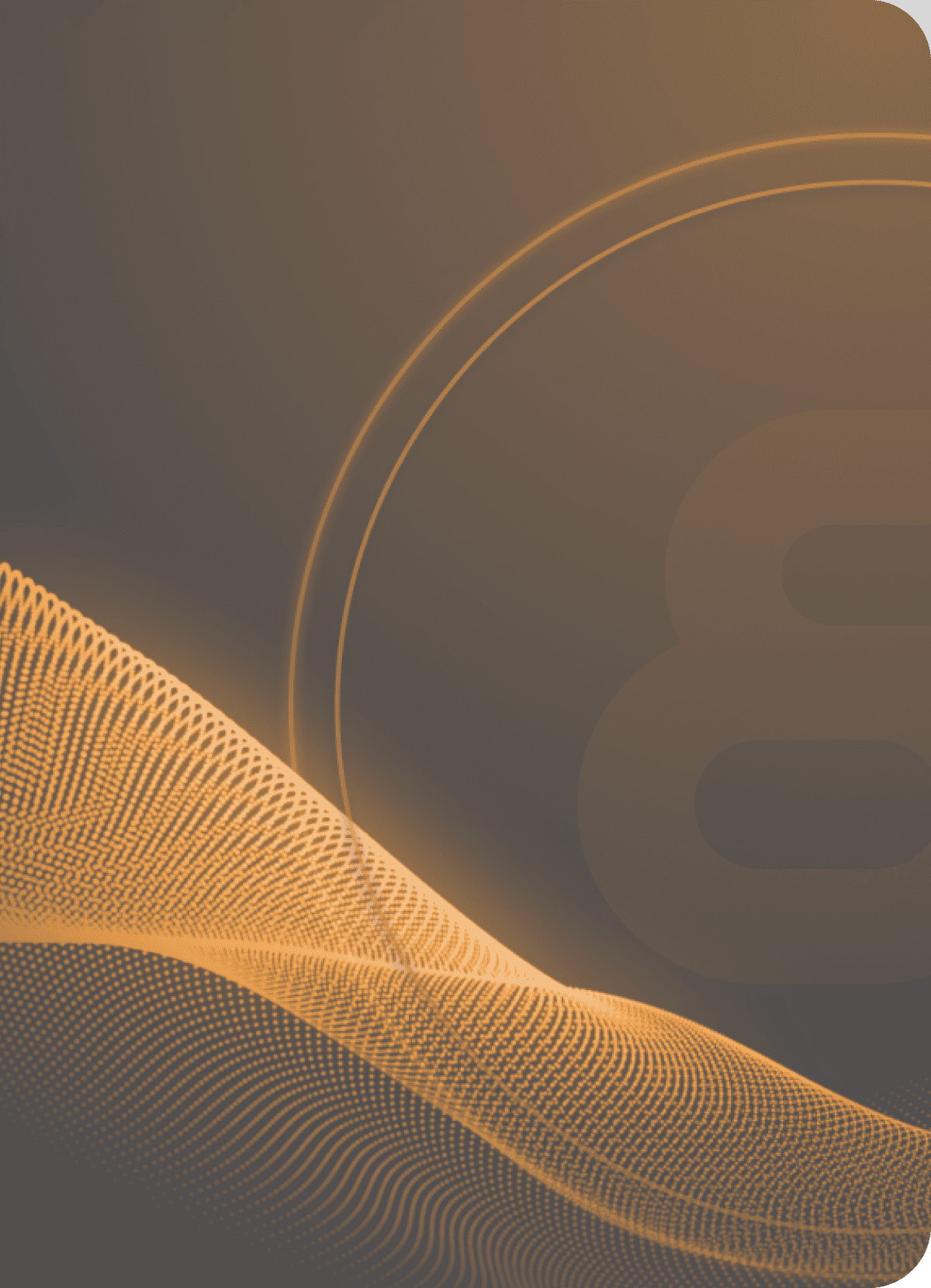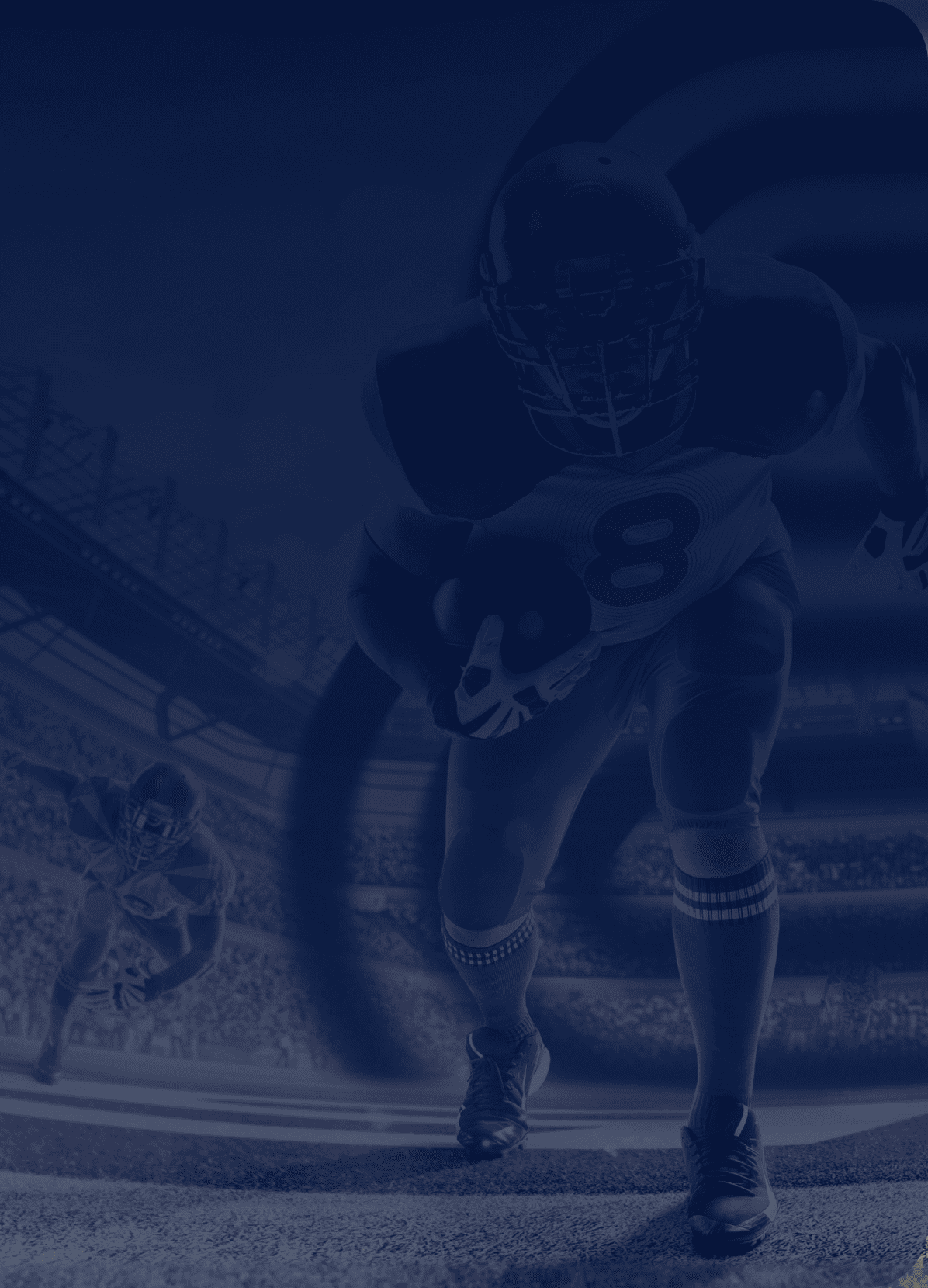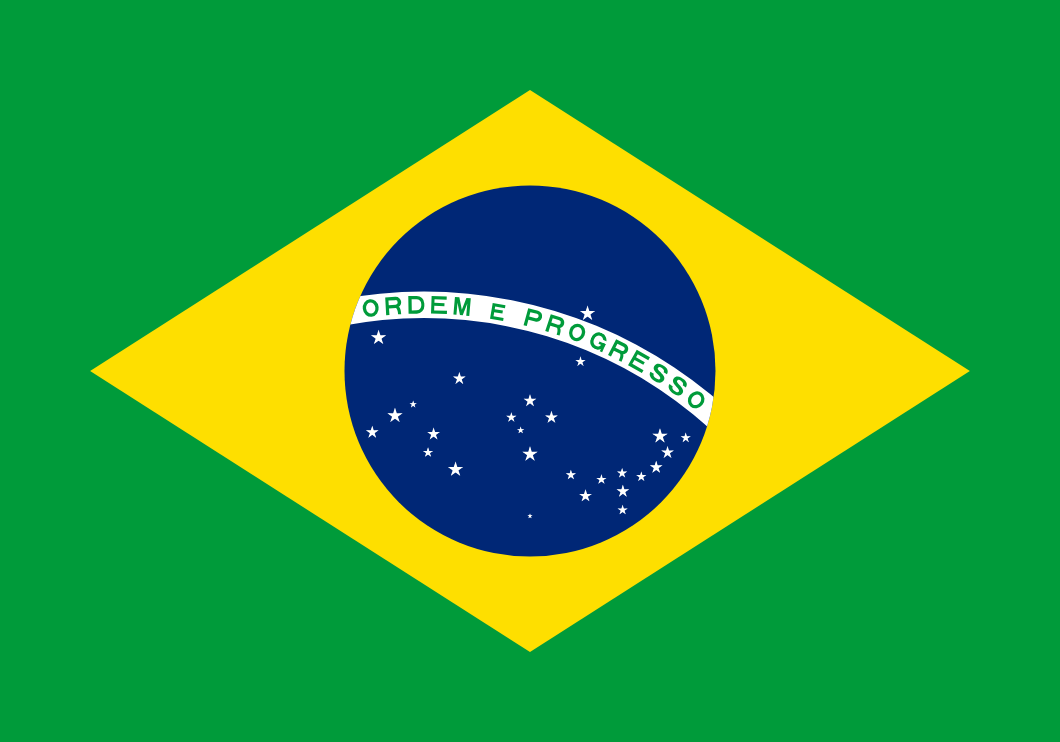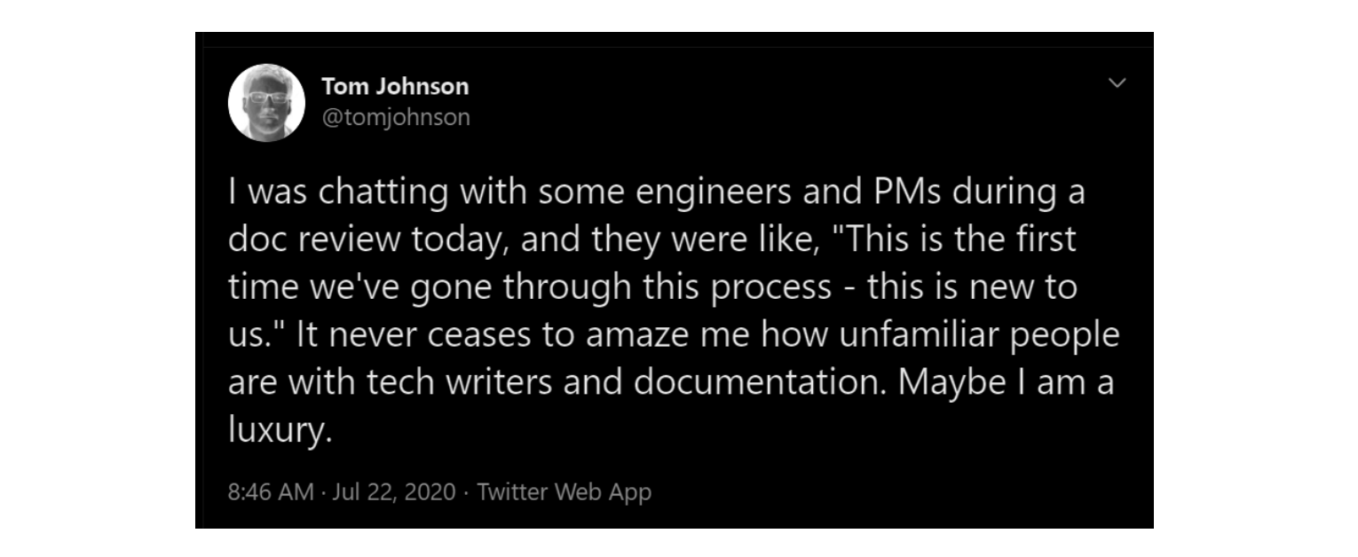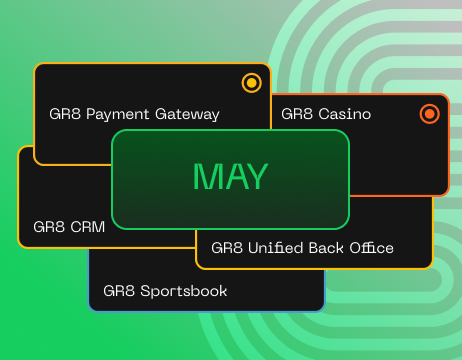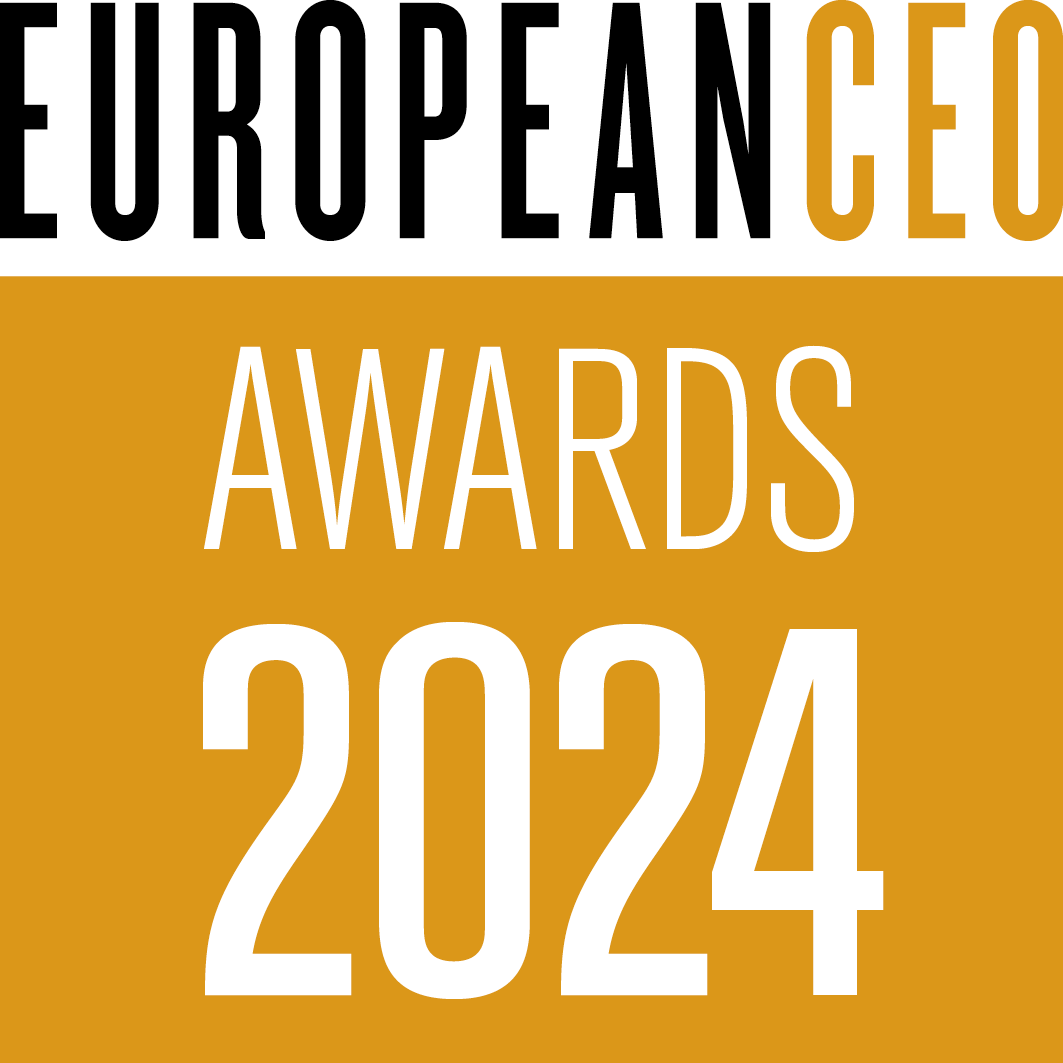👋 Greetings, I'm Nina Zolotova, a technical writers team lead at GR8 Tech. My journey through multiple interviews for the position and my experience interviewing potential candidates has given me a unique vantage point on the hiring dynamics. I'm eager to share our approach at GR8 Tech and spotlight the critical aspects we emphasize.
While the role of a technical writer is now well-recognized and the significance understood, hiring the right individual remains a challenge for many. This is particularly true for organizations venturing into hiring a technical writer for the first time.
To illustrate the diverse strategies different companies employ, I'll recount a couple of my interview experiences. At one organization, the job description merely included a link to an article on DOU, a renowned IT community portal, accompanied by a comment stating, “Our requirements are exactly the same as mentioned here.” Interestingly, the test assignment required me to recount any culinary recipe from memory in two languages on the spot during the interview.
At another establishment, an architect conducted my interview after my initial interaction with the HR department. The conversation predominantly revolved around the documentation I had prepared for preceding projects. Instinctively, I inquired about the documentation challenges they were facing. Consequently, most of the interview was spent absorbing insights about the ongoing documentation concerns within the company.
Defining Our Ideal Candidate: Striking a Balance between Skills and Adaptability
Before initiating the interview process, our team spent considerable time delineating the attributes of the optimal candidate for our technical writer position. In essence, our focus was centered around:
- Individuals with a Technical Foundation: We were seeking candidates possessing a technical background complemented by some level of experience in the IT industry. Although the role of a technical writer was our focal point, experience in correlated professions like UX writing or testing was equally valued. Familiarity with markup languages and the capability to draft diagrams were deemed beneficial.
- Analytical Experience: Ideally, candidates would possess prior analytical experience, facilitating a more in-depth understanding of technical components and processes.
- Linguistic Proficiency: Written communication skills in Ukrainian, Russian, and English were non-negotiable requisites.
- Level of Experience: We were inclined to hire a candidate with a middle or junior solid experience level, willing to invest in training if required.
Our preference for such a specific skill set was anchored in the pre-established foundation of our team, streamlined processes, chosen tools, and developed templates. We envisioned a new addition that could seamlessly integrate, swiftly comprehend our operational dynamics, demonstrate independence, and exhibit proactiveness, reducing the necessity for constant supervision.
Our management ethos is characterized by goal orientation, allowing employees to devise strategies to accomplish the assigned objectives and promoting self-direction and initiative.
In this scenario, proficiency in specific tools or adherence to predetermined standards assumed a secondary role. We believe that with ample motivation and a robust sense of curiosity, mastering these aspects is attainable, considering the variability in tools and style guides across different projects. Adaptability and learning were prioritized over pre-existing knowledge of tools or standards, especially since we needed to build documentation from scratch or establish new processes. Our need aligned more with assimilation and progressive contribution within the existing framework.
Insights from the Interview Process: Diverse Applicants and Unexpected Outcomes
We received applications from forty-eight diverse candidates vying for the technical writer position, including individuals with backgrounds as technical writers, copywriters, technical support specialists, project managers, marketing analysts, business analysts, translators, and even a glossy magazine editor. Ten of these were shortlisted by our HR team for the technical interview. Six of these candidates were willing to undertake the test task; four completed it. Ultimately, two candidates were extended job offers, albeit at different times.
One candidate stood out prominently and seemed to embody the quintessential applicant we were seeking. Before meeting her, I had been skeptical about finding such a well-rounded candidate. She brought a wealth of experience in technical writing and had also delved into an analyst role at a startup. According to her, the strenuous demands of the startup environment had led to professional burnout, prompting her to revert to her forte—documentation writing. Her extensive knowledge, experience, literacy skills, and personal qualities perfectly aligned with our requirements. After completing the test, she was presented with a job offer.
However, much to our surprise, she declined the offer. Her rejection was communicated with such grace and diplomacy that we have preserved her letter as a benchmark for the most courteous and professional declination.
This incident underscored the unpredictable nature of the hiring process, highlighting the importance of maintaining flexibility and openness to a range of potential candidates and outcomes. It served as a reminder that while a candidate may seemingly tick all the boxes, converging mutual interests and expectations is crucial for a successful hiring outcome.
The Nuance of Assigning Tests: Striking a Balance between Evaluation and Candidate Experience
The decision to assign test tasks during the hiring process is steeped in controversy, with distinct perspectives polarizing opinions on its necessity and impact. In opting to incorporate a test assignment, we were mindful and accepting of the inherent risk of potentially deterring high-caliber candidates averse to undertaking such tasks. However, the essence of a technical writer is most authentically mirrored through their written documents, rendering it challenging to assess their compatibility without such insight.
The obligation to attempt a test assignment was unequivocally waived for candidates who could furnish previously authored documents.
Our Test Assignment:
Candidates were tasked with crafting a user manual delineating the procedure to place a bet on the company's website in English, supplemented by an optional component—conceiving a diagrammatic representation of the process in any notation. Our evaluation was predicated on the following parameters:
✅ Clarity and Coherence: A superior technical document is characterized by literacy, clarity, logical flow, and stylistic consistency.
✅ Structural Integrity: Information should be easily retrievable, facilitated by structured segmentation, step-by-step breakdowns, appropriate subheadings, and accentuation of pivotal elements.
✅ Illustrative Enhancements: The incorporation of well-designed screenshots or illustrations is crucial.
✅ Functionality: The instruction must be practically executable, enabling users to place a bet by adhering to the delineated steps.
An exemplary internal document we encountered epitomized precision and content richness, accompanied by a genuine attempt at depicting a process through a diagram, highlighting earnest efforts to navigate unfamiliar territories in a constrained timeframe.
Distinguishing Technical Writers from Copywriters:
An illustrative task we employed, comparing wired and wireless security systems, underscored the difference between technical writers and copywriters. The latter would likely produce a narrative interleaved with aesthetic considerations and historical references. At the same time, the former would prioritize practicality, offering a comparative table elucidating specific recommendations tailored to varying needs and environments.
The divergence in approach between crafting appealing narratives and constructing informative, functional content illuminates the nuanced demands of technical writing, underscoring the importance of aligning candidate assessments with role-specific requisites and expectations.
Crafting Inquisitive Dialogues: Unraveling the Essence of a Technical Writer
A defining trait of an effective technical writer is profound curiosity. A nuanced understanding of every technical nuance isn’t imperative initially. Still, a palpable interest in, and an eagerness to delve deep into, technical realms is crucial, even if the finalized document encompasses a mere 10% of the amassed knowledge.
Our Interview Questions were Structured to Unearth:
- Technical Acumen: A basic understanding of frontend and backend, the principles of microservices architecture, and the distinction between HTML and XML.
- Simplification of Complex Concepts: The ability to elucidate intricate ideas, like explaining an API to a non-technical individual, such as a grandparent.
- Previous Documentations: Insight into the variety and complexity of documents previously created and the challenges encountered in creating them. What, according to the candidate, constitutes a well-crafted document?
- Approach to New Tasks: How does one commence work on a novel document or task?
- Interactions with Reluctant Experts: Strategies to extract information from reticent or occupied developers, architects, and other specialists.
- Tolerance for Ambiguity: How does one manage vague and undefined tasks?
- Preferences and Aversions: Aspects of the role that appeal or do not appeal, and completely non-negotiable tasks.
- Related Interests: Any aligned interests, such as knowledge management or UX writing, are viewed positively.
Unearthing Mindsets and Attitudes:
The goal was not to elicit universally correct answers but to comprehend the individual’s mindset, attitude, and genuine interest in the role. It was intriguing to witness the dichotomy of responses—some candidates plunged into contemplation upon realizing the absence of definitive answers, while others were visibly invigorated, initiating thoughtful discussions. The latter responses resonated with me as reflections of potential future colleagues, echoing a shared enthusiasm and inquisitive nature inherent to the essence of technical writing.
The Final Decision: Balancing Expectations with Reality
Post the exhaustive interview process, each team member assigned personal scores to every candidate. By aggregating these scores, we extended an offer to the highest-scoring candidate, a decision diverging significantly from our initial expectations. The chosen candidate lacked a technical educational background, and his technological know-how was somewhat below our anticipated level. However, his mastery of translator tools, extensive experience with English legal documents, genuine interest in our domain, and meticulous attention to detail outweighed the perceived deficiencies.
Now, with nearly six months elapsed, the efficacy of our hiring decision is evident. The candidate excelled during the probationary period, swiftly bridged his knowledge gaps, and notably fortified our team, managing certain projects autonomously.
I hope our recruitment journey offers valuable insights to those searching for a technical writer. The ideal candidate will inherently align with your specific needs. If certain skills are non-negotiable due to their criticality to your tasks, compromises on such aspects may prove detrimental in the long run.
🤭*Sorry*🤭
Creating tasks within a task tracker named “The Bible” undoubtedly invites a trove of jests—it’s an amusing paradox one can’t help but playfully engage with.
